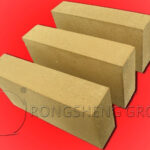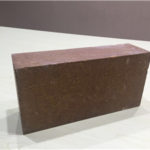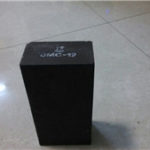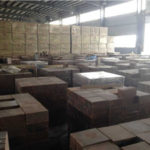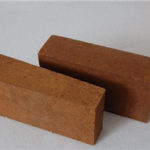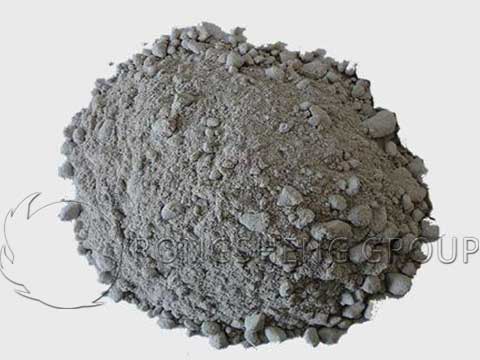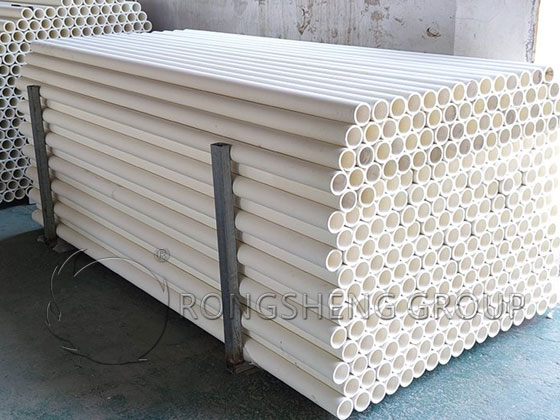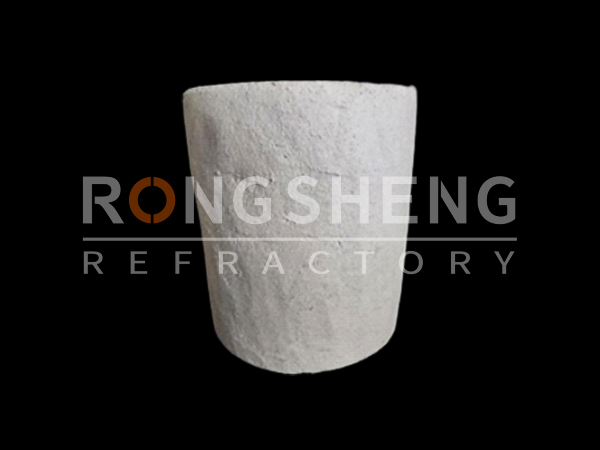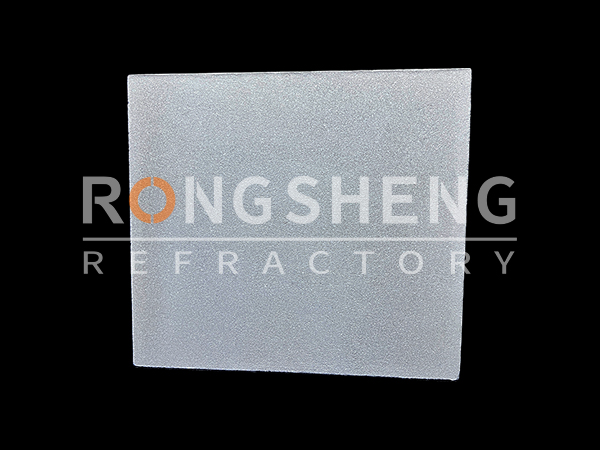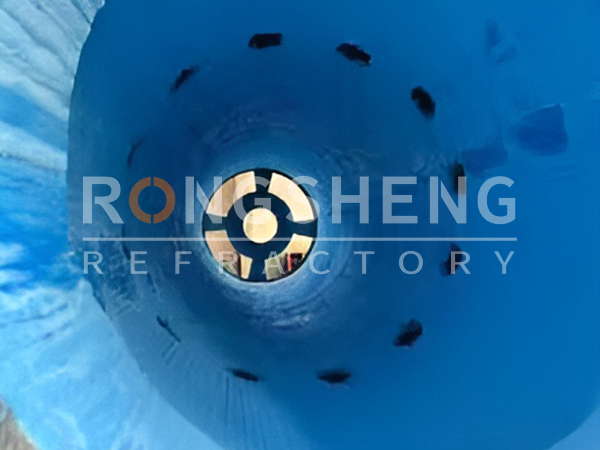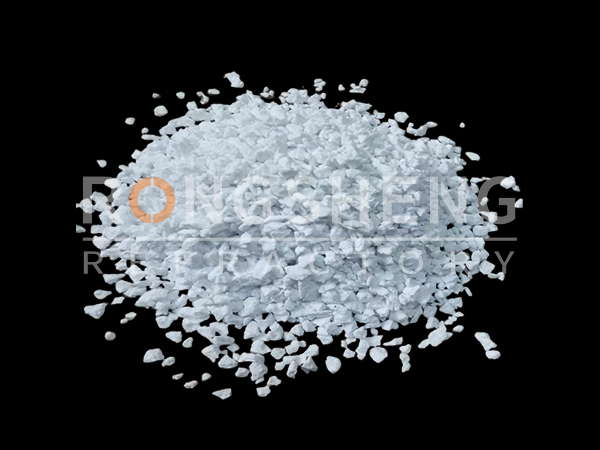Basic Fire Bricks Description
Basic fire bricks or alkaline fire bricks is the kind of refractory bricks, which’s main chemical composition is calcia and magnesia. Basic fire bricks are alkali resistant bricks can be used in alkaline working condition. Generally speaking, basic fire bricks can be divided into 7 groups: magnesia bricks, magnesia chrome bricks, chrome magnesia bricks, chrome bricks, forsterite bricks and dolomite bricks.
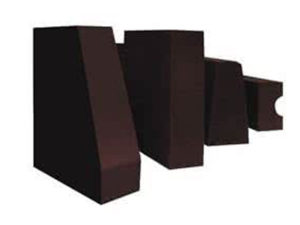
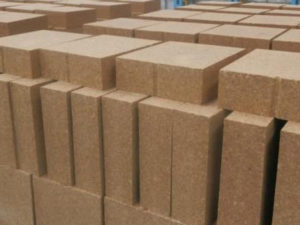
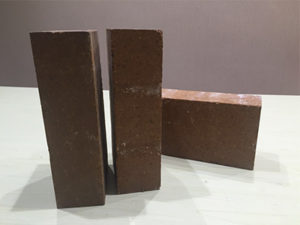
Basic Fire Bricks Main Components
| Group | Name | MgO % | CaO % | SiO2 % | Al2O3 % | CrO 2% |
| MgO based | Magnesia brick | ≥87 | <3.5 | |||
| Magnesia silica brick | ≥82 | 5~11 | ||||
| Magnesia calcia brick | 80~87 | 6~10 | ||||
| Magnesia spinel based | Magnesia alumina brick | ≥80 | 5~10 | |||
| Magnesia chrome brick | 55~80 | 8~20 | ||||
| Chrome magnesia brick | 25~55 | 15~30 | ||||
| Chrome brick | ≤25 | >25 | ||||
| Dolomite based | Dolomite brick | 30~42 | 40~60 | |||
| Magnesia dolomite brick | 50~80 | 10~40 | ||||
| Stable dolomite brick | 35~65 | 15~40 | ||||
| Olivine based | Forsterite brick | 35~55 | 25~60 | |||
| Lime based | Calcia brick | >70 |
Basic fire bricks properties
- Corrosion resistance
Basic fire brick has good corrosion resistance to metal smelting slag, cement clinker, glass kiln production material and ash. Different media will have corresponding affection to basic bricks. Under strong base conditions, such as cement kiln sintering zone, cement clinker corrosion resistance ability of basic fire bricks is: Magnesia dolomite brick>magnesia chrome brick>magnesia spinel brick. For converter and electric furnace lining, Magnesia fire bricks with higher CaO/SiO2 ratio have better basic corrosion resistance than those with lower CaO/SiO2 ratio. For glass kiln regenerative chamber checker, the magnesia bricks with lower CaO/SiO2 ratio have better performance. For heavy nonferrous metal smelting furnaces, the FeO-SiO2 slag corrosion resistance ability is: magnesia chrome brick> magnesia brick>magnesia spinel brick>magnesia dolomite brick.
- High temperature performance
The refractoriness of basic fire bricks are above 2000℃, is higher than other refractory bricks. The rupture under load temperature, high temperature rupture strength, high temperature volume stability and high temperature creep property of basic refractory bricks is better if the density is higher and the impurity content is lower. Ordinary basic refractory bricks have a rupture under load temperature about 1550~1600℃. The rupture under load temperature of high grade alkaline refractory bricks such as magnesia dolomite bricks, magnesia spinel bricks, high purity magnesia bricks and direct bonded magnesia chrome bricks is above 1700℃, for Semi-re-bonded and re-bonded magnesia chrome bricks, it can reach to 1750~1800℃.
The thermal expansion rate of basic refractory bricks is higher than other fire bricks. MgO based basic refractory bricks have similar thermal expansion rate. At 1600℃, the linear expansion rate of magnesia bricks is the largest, about 2%. High grade magnesia chrome bricks have the smallest linear expansion rate, about 1.6%, other basic refractory bricks is between 1.6% and 2%.
Thermal shock resistance of basic refractory bricks is not as good as clay bricks and high alumina bricks. Thermal shock resistance ability of alkaline refractory bricks is: magnesia spinel bricks>magnesia chrome bricks>magnesia dolomite bricks> magnesia bricks.
- Hydration resistance
Compared with high alumina bricks, clay bricks and silica bricks, basic fire bricks has the worst hydration resistance ability. Among basic refractory bricks, magnesia calcia bricks have the highest hydration tendency, and is in direct proportion to CaO content. So much attention should be paid to hydration problem during the production, storage, delivery, masonry and using of alkaline fire bricks
Refractory Material Professional Manufacturer & Supplier – RS Refractory
Rongsheng kiln refractory manufacturer is a comprehensive enterprise in refractory material industry, high temperature fireproof products cover metallurgy, refractory building materials, electric power, chemical industry, etc. Hot sale products such as ceramic fiber refractory material, refractory bricks, castable, refractory cement, ramming mass and so on are exported to many countries in the world and highly appreciated by customers.
